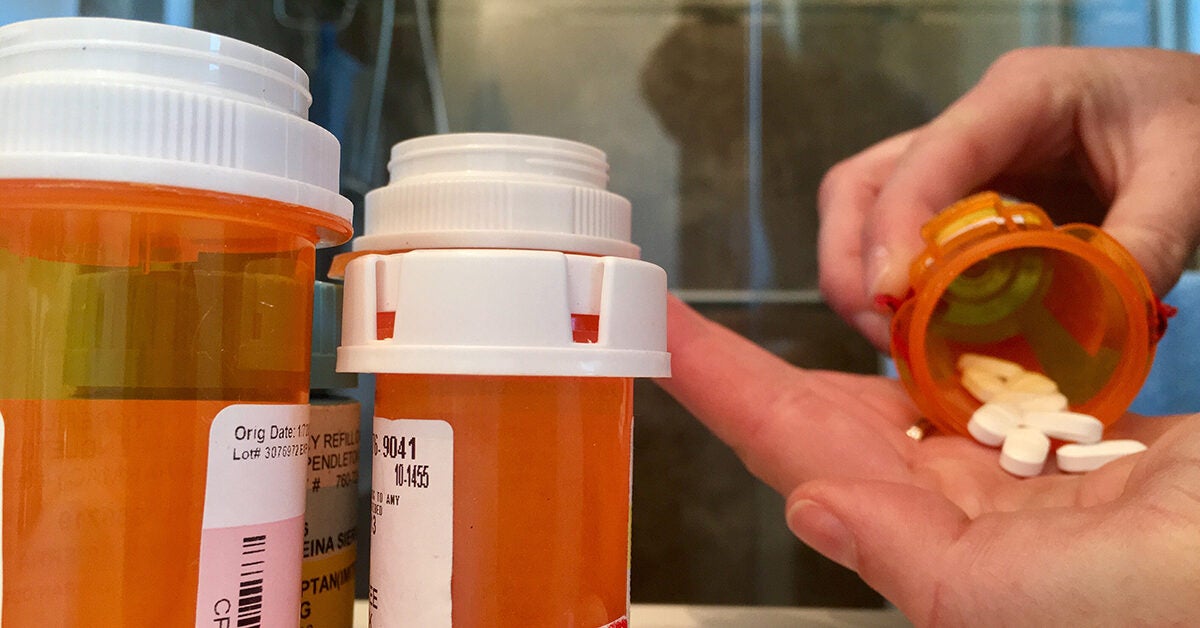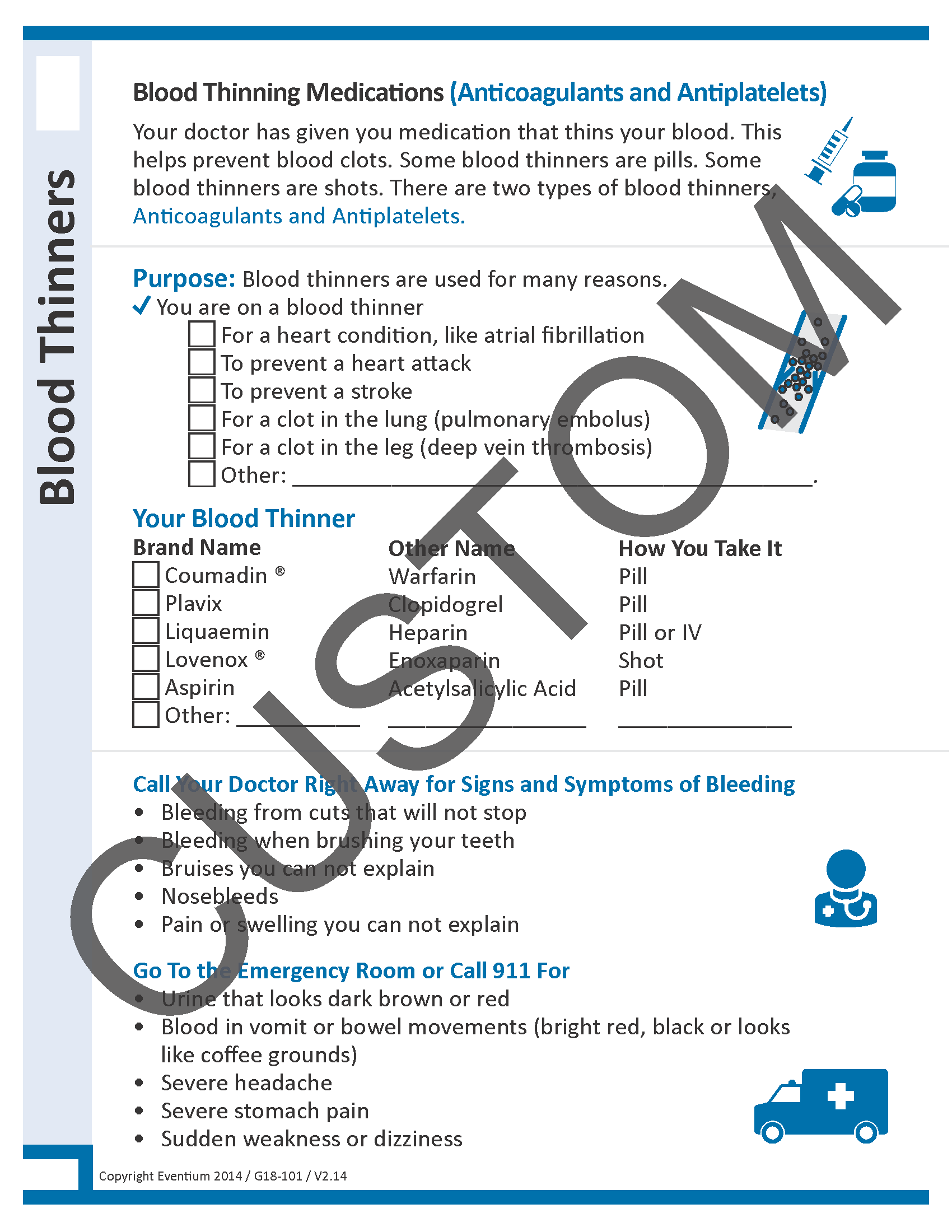

Symptoms of blood clots: what to look for Having a blood transfusion or taking red blood-cell stimulating agents for some types of anemia.Having a central venous catheter in place.Having surgery, especially orthopedic surgery, abdominal or pelvis surgery.Taking birth control pills or other hormone therapy.Sitting or lying in bed for long periods of time or being in bed more than 3 days in a row.Older age (being older than 65 puts you at greater risk).VEGF tyrosine kinase receptor inhibitors, such as sorafenib or sunitinibīesides cancer and other health conditions, other things can put you at risk for getting blood clots, such as:.Vascular endothelial growth factor (VEGF) inhibitors, such as bevacizumab.Medications given to treat cancer that are known to be linked with blood clots, or have side effects that contribute to clots are: It's very important to talk to your doctor about all medications, vitamins, minerals, and supplements you are taking so your risk can be discussed. Some vitamins, minerals, and supplements might increase the risk for blood clots, too. There are some non-cancer medications that have a higher risk for blood clots, or that have a side effect that might cause blood clots. Blood clots from medications or treatments In rare cases, cancer might be diagnosed by accident during testing when a person has a blood clot. Some disorders that already have a risk for blood clots include Factor V Leiden thrombophilia, abnormally high levels of certain clotting proteins, abnormally low levels of proteins that prevent clots, and certain types of gene changes. If you already have a disorder that increases your risk, having cancer will increase that risk further. Other medical conditions have a higher risk for blood clots. Having metastatic cancer (cancer that has spread from where it started to other areas of the body) increases the risk of having blood clots. But certain kinds of cancer (for example, lung cancer or pancreatic cancer), types of treatment, and other conditions and medications can increase the risk for blood clots. Some experts suggest this is because of tissue damage some cancers can cause that might trigger the blood clotting process.Īny person with cancer can develop a blood clot. Cancer is known to be a risk factor for having a deep vein thrombosis (DVT). Blood clots in people with cancerĬancer itself can increase your risk of getting blood clots. Blood clots can be life-threatening, should be taken seriously, and should be treated immediately. Patients with cancer are at a higher risk of developing venous thromboembolism (VTE). DIC is life-threatening and should be treated immediately. Disseminated intravascular coagulation (DIC): a usually rare but serious condition that is a complication of some cancers, causing severe bleeding and severe clotting at the same time.Venous thromboembolism (VTE): A word used to describe both DVT and PE.This is a serious, life-threatening condition. Pulmonary embolus (PE): A blood clot that has started somewhere else, but breaks loose and gets stuck in the lungs.Deep vein thrombosis (or DVT): A blood clot in a deep vein, usually in the leg, and other times in the arm or other deep veins.Thromboembolism: The name for a thrombus that has broken loose and stuck in another blood vessel, or in another part of the body such as the lungs or legs.

Thrombus (single) or thrombi (more than one).Sometimes different types of blood clots are named by where they start or the parts of the body they affect: These kinds of blood clots are normal, stay in place as you heal, and then they will fall off or dissolve over time when they aren’t needed anymore. This helps stop the bleeding so you don't lose too much blood. Unless the cut or injury is very big, the clot will clog up the area where the injury has happened. This kind of clot looks like a clump of dried blood and some people call it a scab.
#Blood thinner medication plus
When you get a cut or injury, your body sends blood cells called platelets plus other special proteins to the site of the injury and forms a clot.


 0 kommentar(er)
0 kommentar(er)
